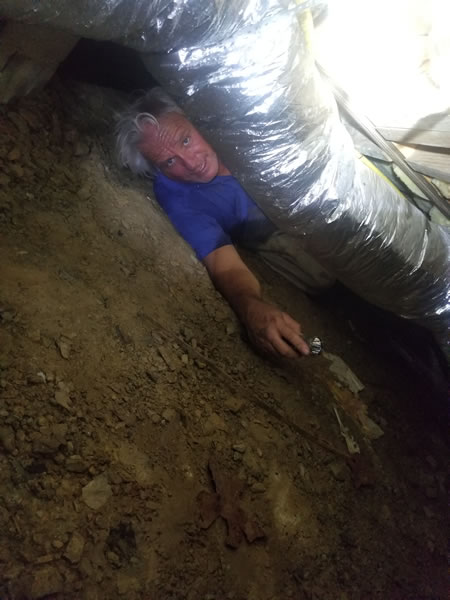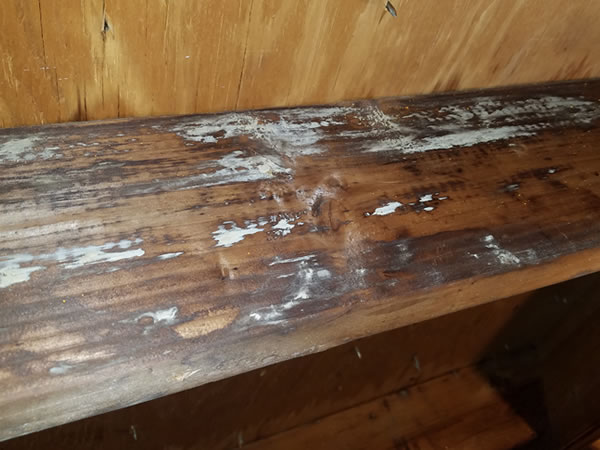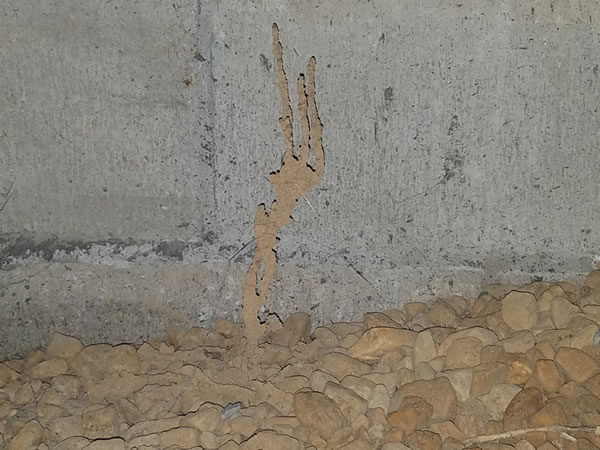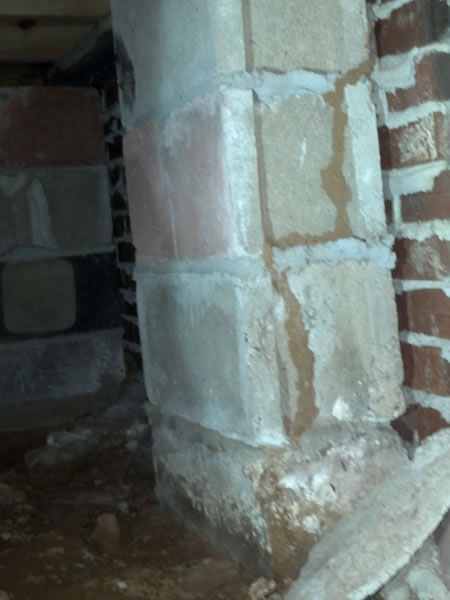
CLEARANCE LETTERS
Requirements for a Termite Inspection in Arkansas
Most termite inspections in Arkansas are triggered by the sale of a home because in most cases lenders, particularly with VA loans and FHA loans require the home pass a termite inspection. The result of this inspection is called a termite report or letter which lists the requirements and limitations of the inspection. The Structural Pest Control Act requires termite control companies in Arkansas to use a standard inspection report form which includes any wood-destroying pests like some beetles and termites, fungus and structural damage, as well as conditions that are likely to cause infestations in the future like soil-to-wood contact, faulty grade levels and excessive moisture.
Check for Evidence of Prior Termite Treatment in Arkansas
The termite inspector is required to describe any evidence that the home has been treated before for infestation. This may include mud tubes or exit holes, with no signs of a current infestation. In Arkansas, sellers must disclose any measures taken to get rid of a termite infestation or past termite reports if the home is being sold.
Recommended Termite Treatment in Arkansas
When the inspector finds evidence of a subterranean termite infestation in Arkansas, they will recommend treatment, even if there is no sign of active infestation in the structure. Treatment may also be recommended for a home that has been treated before, but has evidence of subterranean termites. Both VA and FHA loans require treatment when an inspector finds this evidence.
Accessible and Inaccessible Areas for Termite Inspections in Arkansas
The termite inspection will check accessible areas of the home where termite infestation may occur including the crawlspace and attic. These areas will be evaluated for signs of live termite, dead termites, signs of infestation (such as mud tunnels and exit holes), and visible damage to wood or structural elements of the home.
In Arkansas here are some things to keep in mind:
- Areas that cannot be inspected without removing objects blocking an opening or opening the structure itself are considered inaccessible. This includes attics or crawlspaces without enough crawl space, slab foundations with no openings to plumbing, and wall interiors and floors that are covered by carpeting.
- Crawl spaces must be completely accessible for the termite inspection or it will not be included.
- Inaccessible areas like under wood decks or porches may be exempt from an inspection if there is earth-to-wood clearance of 6 inches from the home, there is sufficient natural ventilation, or there is no visual evidence of termites or damage.
- Any areas that could not be inspected must be listed on the report. Typical obstructions to an inspection include wall coverings, appliances, standing water, clutter or cabinets.
The following are items that must be verified on a termite report:
- Building address.
- Date of inspection.
- Account Number.
- Substructure.
- Foundations Walls.
- Porches and steps.
- Foundation Ventilation: ensure adequate ventilation.
- Abutments.
- Attic spaces must be inspected visually.
- Attached Garages.
- Decks and patios.
- Interior.
- Exterior.
- Diagram of home that identifies structures included in the report.
- Signature of the pest control inspector.
- If a clearance is issued, it must contain the following: “This is to certify that the above property was inspected on (date) in accordance with the Structural Pest Control Act and rules and regulations adopted pursuant there to, and that no evidence of active infestation or infection was found in the visible, accessible areas.”
- If for whatever reason the technician isn’t able to inspect the above then in must be noted on the graph and letter
 Little Rock, AR 501-868-3837 | Russellville, AR 479-968-4777 | Hot Springs, AR 501-442-5653 | Fayetteville, AR 479-899-6874
Little Rock, AR 501-868-3837 | Russellville, AR 479-968-4777 | Hot Springs, AR 501-442-5653 | Fayetteville, AR 479-899-6874








